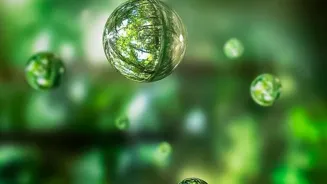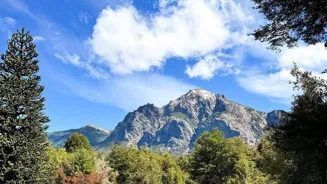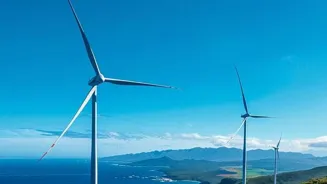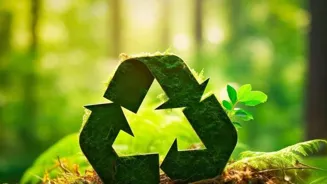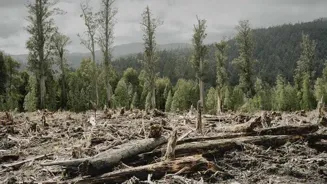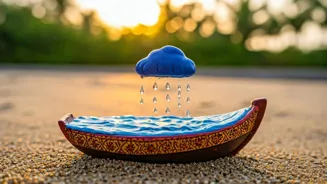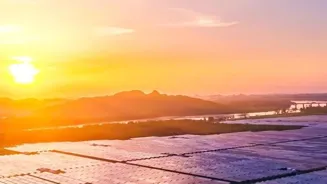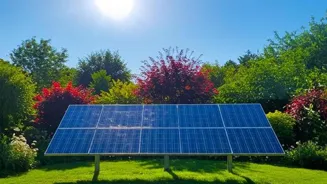Unraveling the Water Cycle: An Epic Journey of a Single Drop! Dive into the world of water's endless adventure. Read more
Amidst the scorching heat of the Indian summer or the refreshing downpour of the monsoon,
water remains an indispensable element of our lives. We use it daily, often without fully appreciating its incredible journey and the vital role it plays in sustaining our ecosystem.
This intricate journey is known as the water cycle, a continuous process powered by the sun that reuses and redistributes water across the globe, including our very own Bharat. Understanding this cycle is crucial for responsible water management and appreciating the natural world around us.
Earth's water cycle: a continuous loop driven by the sun
The water cycle, also known as the hydrologic cycle, is the earth's way of recycling water. This natural process ensures that water moves continuously from the earth's surface to the atmosphere and back again. The sun, that ever-shining star, is the driving force behind it all.
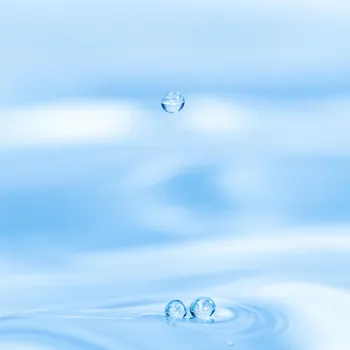
The cycle has no real "beginning" or "end," it's a continuous loop. Imagine a single drop of water embarking on an extraordinary adventure; it might start in the mighty Ganges, the vast Indian Ocean, or even a small puddle in your courtyard after a monsoon shower.
Water cycle: evaporation and transpiration turn liquid water into vapors
The cycle begins when liquid water from sources like rivers, lakes, oceans, and even moist soil turns into water vapours by gaining heat from the sun. This process is called evaporation. Plants also release water vapours into the air which is transpiration.
So, the water in the form of vapours goes up in the atmosphere.
Evaporation and transpiration in the water cycle
Evaporation is the first and crucial step. Think of clothes drying up on a clothesline under the sun – that's evaporation in action. The warmer the temperature, the faster the evaporation.
Large water bodies like the Indian Ocean and the Bay of Bengal contribute significantly to the evaporation process, especially during the hot summer months. Transpiration, on the other hand, is the process where plants release water vapor through tiny pores on their leaves.
This is like plants "sweating." India's diverse flora, from the lush rainforests of the Western Ghats to the agricultural lands of the Indo-Gangetic plain, releases considerable amounts of water vapor into the atmosphere through transpiration.
Water vapor condenses to form clouds in the sky
As the water vapor rises, it cools down and changes back into liquid water. This happens high up in the atmosphere, where the temperature is much colder. This process is known as condensation. The water vapours condense around tiny particles like dust that are suspended in the air forming clouds.
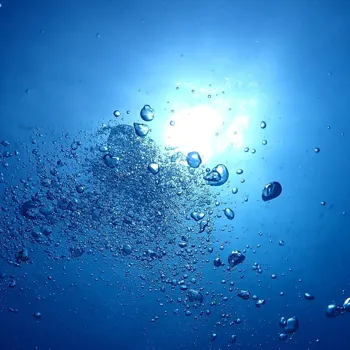
You see, those fluffy clouds floating in the sky is nothing but millions of tiny water droplets joined together. Depending on temperature and other atmospheric conditions, these water droplets combine with each other.
Condensation forms clouds from water vapor and particles
Condensation is the engine that makes the clouds. Just like how dew forms on grass which it is when water vapour is in air come in contact with a cold surface.

Similarly, in the atmosphere, these water vapor molecules collide with each other, and condense with the presence of tiny particles such as dust, pollen, and smoke. These particles act as a nucleus for water vapour to condense on. Condensation is a visible process and the result is clouds.
The tiny water droplets come together and come to a visible state form clouds.
Monsoon in India depends on cloud formation from Arabian Sea and Bay of Bengal
In India, the formation of clouds is critical for the monsoon season. The moisture-laden winds from the Arabian Sea and the Bay of Bengal rise over the Indian subcontinent, cool down, and condense, leading to the formation of rain-bearing clouds.
Water droplets in clouds fall as rain, essential for agriculture
When the water droplets in the clouds become too heavy, they fall back to Earth as rain, snow, sleet, or hail. This is called precipitation. In India, we mainly experience rain, especially during the monsoon months.
The monsoon is the lifeline of Indian agriculture, providing water for crops and replenishing rivers and groundwater reserves. The rainfall pattern varies across the country.
While Cherrapunji in Meghalaya receives one of the highest rainfalls in the world, the Thar Desert in Rajasthan receives very less rain, highlighting the uneven distribution of rainfall.
Different forms of precipitation and the significance of monsoon in India
Precipitation takes different forms based on the temperature of the atmosphere. In colder regions, it snows, and in warmer areas, it rains. Hail occurs when raindrops freeze and add layers of ice as they are carried up and down in thunderstorms.
The monsoon season in India is crucial as it determines the livelihood of millions. The rain not only sustains agricultural activities but also replenishes our water resources, ensuring water security for future generations.
If the monsoons are less this year, it can trigger drought conditions and affect the production across Bharat.
Water cycle in India: vital groundwater source for communities
Once the water reaches the ground, it either flows into rivers, lakes, and oceans (surface runoff) or seeps into the ground (infiltration). The water that seeps into the ground becomes groundwater, which is a vital source of water for many communities in India, especially in rural areas.
This groundwater is stored in subterranean layers called aquifers. Some of the water that gets infiltrated in the soil will be absorbed by the roots of the trees and the crops. This water is then released back out in the air through the process of transpiration mentioned earlier above.
Infiltration vital for replenishing underground water; urbanization reduces it
Infiltration is the crucial component for replenishment of the underground water, thus maintaining water table. In urban areas, the construction of concrete structures reduces infiltration, leading to decrease in depleting groundwater levels. Surface runoff is another crucial aspect of the cycle.
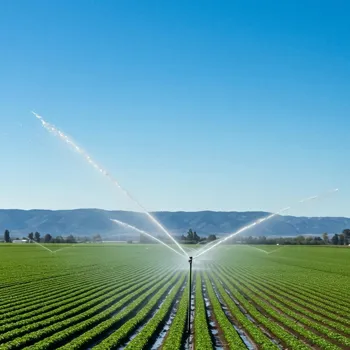
Rivers like the Ganges, Brahmaputra, and Indus are significant sources of fresh water, which collects the runoff water that get recharged by the snowmelt glacier activities in the mountains. The water in the aquifers is used for many agricultural uses in Bharat.
Water cycle importance for sustainability & conservation on Earth
The water cycle is essential for sustaining on mother earth. By understanding this intricate process, we get to know how water moves across the earth. This understanding emphasizes the importance of water conservation. We must use water wisely and protect water resources from pollution.
This includes practices like rainwater harvesting, efficient irrigation methods such as drip irrigation, and preventing pollution of water bodies. The future of our planet truly depends on how we manage this precious resource.
Water conservation is everyone's responsibility
Conserving water is a shared responsibility. Every individual, community, and organization has a role to play. Promote water reuse and recycling and spread the awareness to educate others about the importance of water conservation. Farmers should use water-efficient irrigation systems.
Industries need to adopt responsible water consumption practices. Each and everyone needs to come together and address this water scarcity issue. Water is a precious resource, and it is our duty to protect it for future generations to come.
AI Generated Content. Glance/InMobi shall have no liability for the content